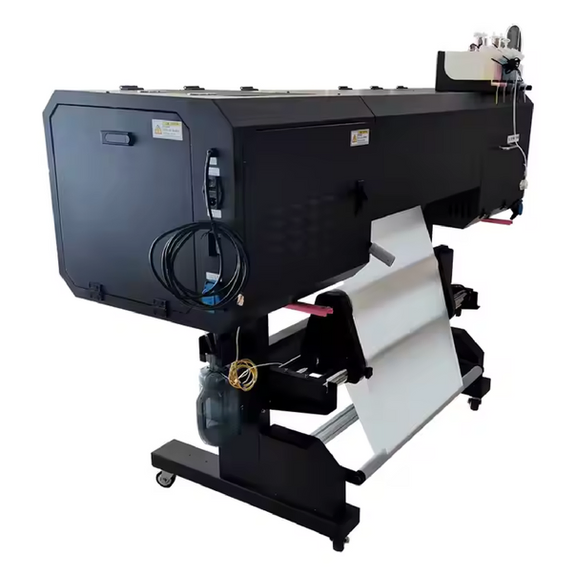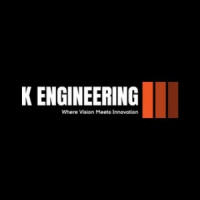Why Should You Choose DTF Printer For your Garment Business?

Strong 8k brings an ultra-HD IPTV experience to your living room and your pocket.
DTF printer, an abbreviation of Direct to Film printer, is a high-tech machine capable of printing patterns to specially designed PET film and then transfer onto fabrics. It is economical and prints on various fabrics. Many manufacturers and designers prefer to use DTF printer to upgrade their business.
You may be wondering why is 24 inch DTF printer preferred in garment printing market today? This article post will give you complete answer about this trend.
Operating a DTF Printer
Operating a DTF printer is easy and does not need any pre-treatment steps. Therefore, if you are new to this industry, you need not worry about a complicated operating process. Broadly speaking DTF printer operates using these steps.
Step 1: Use software for refining the images. Software like CADLink, photoprint and maintop are all extensively used software to refine images.
Step 2: Use DTF printer to print images. The printer can be set in advance so that it can print the images automatically.
Step 3: Cure the pattern with powder shaker. Earlier, people had to spread the powder onto film manually. But as technology advanced, the invention of an all-in-one powder shaker enables spreading powder onto film automatically; plus curing the powder and ink in the oven, in one step.
Step 4: Transfer film to fabrics. Utilize the heat press machine to press on it for 10-15 seconds. Set the temperature of the machine at 135~165℃.
Along with DTF printer, powder shaker, and RIP software other consumables are important to complete the printing.
Hot melt powder: The hot melt powder is specially produced and professionally used in printing. It provides superior adhesion during the printing process.
DTF film: DTF film is generally 90μ thick, providing it high ink absorption capacity, alongside easy to tear off and anti-static ability. DTF films of varied visual effects like reflective colorful film, laser film, luminous film, temperature change film and shining film are fabricated to meet diverse needs of the market.
DTF ink: DTF ink plays a critical role in producing top-quality prints. The ink is resistant to fading, cracking, and peeling, assuring long-lasting prints.
Curing oven: Curing oven functions as a device that melts and cures the powder being applied to the surface of the DTF film.
Advantages of DTF Printer
Doesn’t need pre-treatment: Unlike DTG printing, DTF printing involves no pre-treatment, saving time and cost.
Prints on diverse fabrics: DTF printing eliminates the fabric limitations of DTG or sublimation printing, as it can print on various types of fabrics. This is the biggest advantage of a 24-inch DTF printer. If you are looking to expand your business, investing in a DTF printer will be a wise choice.
Long-lasting: Patterns printed by a DTF printer are quite durable. They’ll be long-lasting and won’t fade even after many washings.
Suitable for customized design: As DTF printer is capable of printing on light-or-dark colored fabrics and is not limited by fabric types, it is best suitable for use in customized designs.
Conclusion
To conclude, DTF printing is an innovative printing technology, more economical and sustainable than other technologies.
Note: IndiBlogHub features both user-submitted and editorial content. We do not verify third-party contributions. Read our Disclaimer and Privacy Policyfor details.


